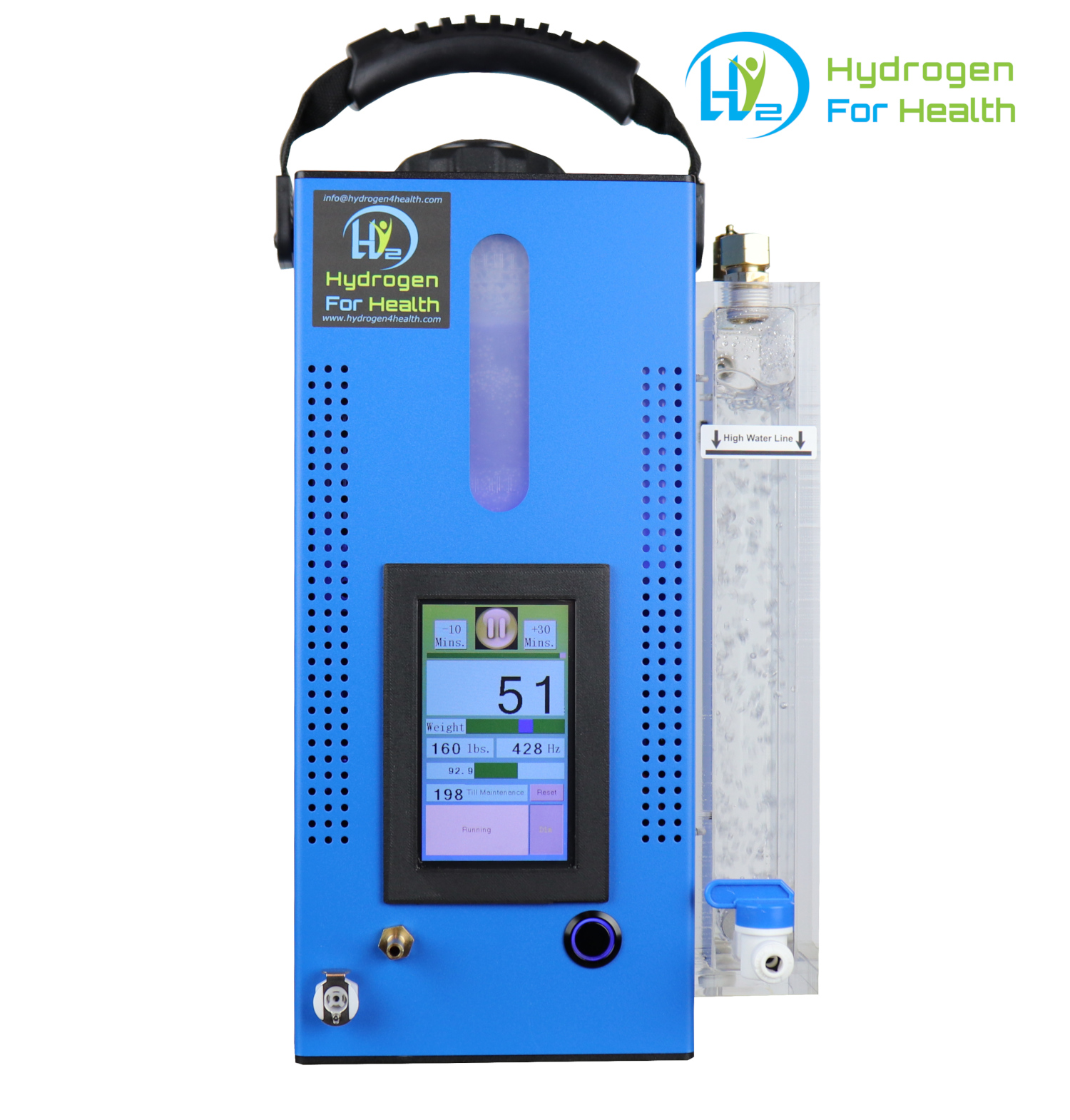Abstract
Intensive research on the therapeutic effects of hydrogen has already been undertaken for years. In some of these studies, however, instead of pure molecular hydrogen, a special gas mixture known as BG (Brown’s Gas) is used, which is produced by the electrolysis of water and contains 67% hydrogen, 33% oxygen and an energy-rich gas component defined as “ExW,” which is to be investigated in more detail in the future. The special properties of this gas and its therapeutic effects are described on the basis of the advanced hydrogen research and its benefits are discussed in the context of the underlying mechanisms of chronic diseases and aging. After explaining the individual stages of the development of chronic diseases, possible applications of BG are presented as examples of successful application. The promotion of clinical studies on the use of this gas for treatment of acute and chronic diseases in humans is recommended. Comparative studies of BG and molecular hydrogen from the storage bottle are necessary to determine a possible superiority of BG over pure molecular hydrogen. BG is considered to be an inexpensive, flexible and effective therapy which, due to its production using water electrolysis compared to molecular hydrogen from a purified source, may be used “on demand” for many diseases in hospitals and outpatient departments.

